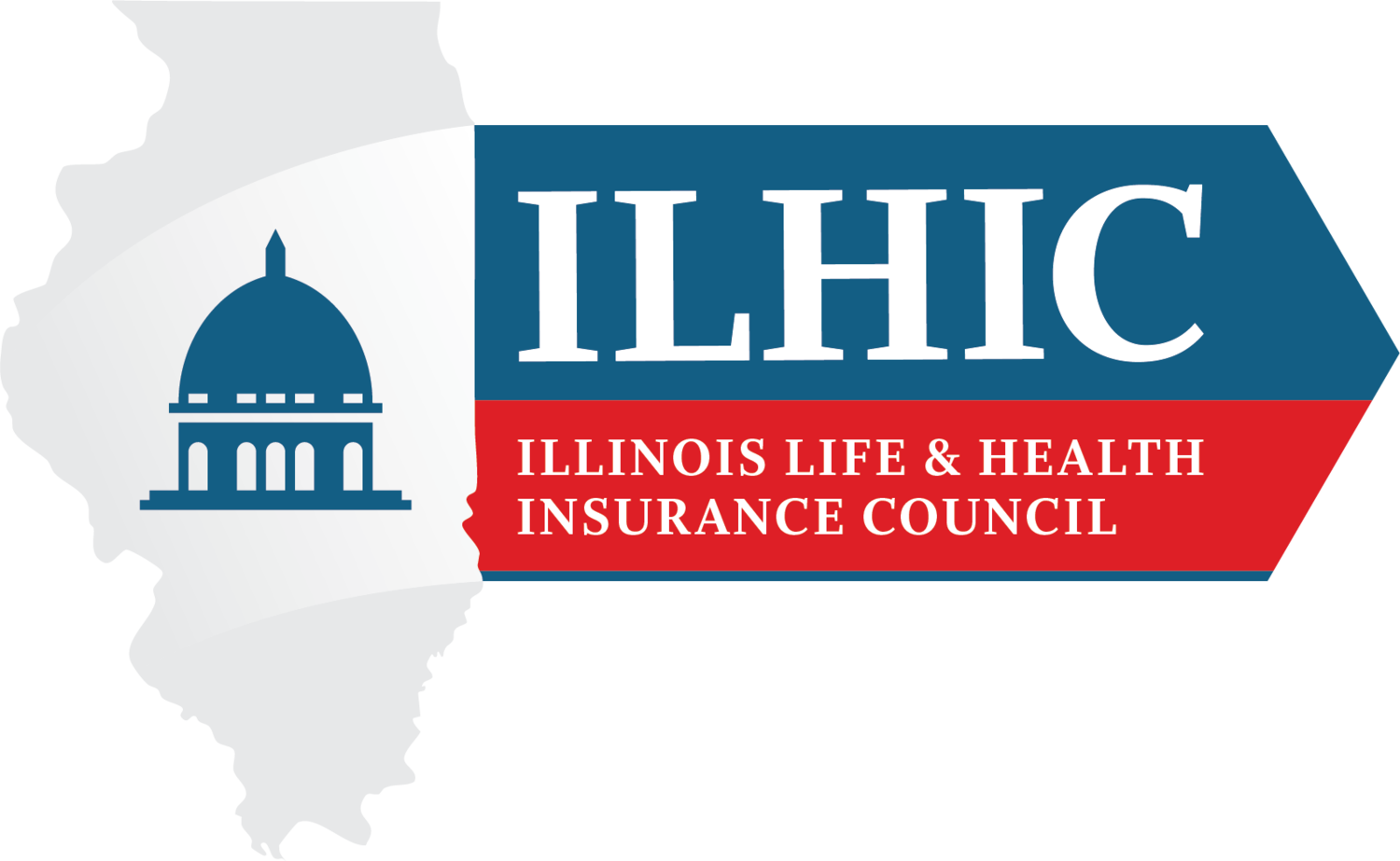Meeting the Needs of the Current Climate- The Case for Short Term Limited Duration Insurance
Kate Morthland
In this month alone, the Country added 390,000 jobs and hourly wages increased by 5.2 percent.[1] 2022 has been considered as “the year of job switching.”[2] This is especially true for the younger generations. According to the Bureau of Labor Statistics, Boomers stay in their job on an average of 10 years, while Millennials only stay at a position for 2.8 years.[3] With all this movement, the need for a flexible, cost efficient, and short-term health insurance coverage option is paramount. Cue Short Term Limited Duration Insurance (STLDI).
STLDI is a type of health insurance coverage that is designed to fill gaps in coverage that may occur when an individual is transitioning from one coverage to another.[4] These plans are cheaper than other Affordable Care Act (ACA)policies sold on the Marketplace. However, these plans do not have to adhere to the standards and regulations required under the ACA. For example, STLDI products are not required to cover pre-existing health conditions. STLDI generally cover major medical benefits, and consumers see that in the cost, which is typically 20% less than the premium of the lowest cost ACA plan in the same area.[5]
When an employee leaves a job to move to a different opportunity, they are usually met with two options, STLDI or COBRA. COBRA is a federal law that allows an employee to continue with their employer health coverage after leaving their job.[6] However, consumers wishing to use COBRA may do so by paying the large price tag. Consumers using COBRA are required to pay up to 102% of the coverage premium.[7] COBRA is also only offered for employers with 20 or more employees, leaving small businesses exempt from the requirement.[8] STLDI coverage provides an option for healthy individuals to fill gaps in healthcare coverage, especially for those who may not qualify for an ACA premium tax credit. This need is compounded by the American Rescue Plan Act Advanced Premium Tax Credits expiring at the end of this year absent congressional action, which would be devastating to the 3 million people predicted to lose coverage if the credits expire.[9]
Illinois is one of the top 5 states for individuals who receive health care coverage from their employer.[10] Illinois is also ranked the 5th most desirable state for millennials.[11] However, for economic health, Illinois ranked millennials as the 46th state.[12] As we barrel towards a fast-moving employment market fueled by the job switching of millennials, taking away an option for coverage would not only deter individuals of the millennial generation to the State, but it would also further harm the abysmal economic health rating, by stripping a cost effective choice of coverage when many millennials are seeking opportunities to attain higher wages.
Consumer education is vital to those looking to purchase these plans to fill the gaps between coverage. Consumers should be provided education explaining that the differences in coverage between STLDI and other ACA coverage products. The trend of not understanding insurance policies goes far deeper than specific STLDI education. A survey from the National Association of Insurance Commissioners (NAIC), concluded that 51% of younger individuals do not understand basic health insurance terminology like “premium” or “deductible.”[13] To combat this terrifying statistic, regulators, advocacy groups, and carriers alike need to focus on wholistic insurance education. Simply stripping a product without addressing the root cause of confusion with health insurance is telling consumers of all ages that they are not to be trusted in making a decision that is best for them. Instead, there needs to be an investment in educating individuals on health insurance products instead of denying consumers from making their own coverage decisions. Abolishing plan choice in a market climate invigorated by consumer option, movement, and flexibility would be a major step back for Illinois.
[1] U.S Job Growth Remains Strong in May; Talmon Joseph Smith; The New York Times; U.S. Job Growth Remains Strong in May - The New York Times (nytimes.com) (June 3, 2022).
[2] Why This Will Be the Year of Job Switching (and What It Means for You); Indeed Editorial Team; Indeed; Why This Will Be the Year of Job Switching (and What It Means for You) | Indeed.com (May 17, 2022).
[3] Employee Tenure in 2020; Bureau Of Labor Statistics; EMPLOYEE TENURE IN 2020 (bls.gov) (Sept. 22, 2020).
[4] Short Term Limited- Duration Insurance Final Rule; CMS; Short-Term, Limited-Duration Insurance Final Rule | CMS (Aug. 1, 2018).
[5] Pros and Cons of Short- Term Health Insurance Plans; David Levine; U.S. News Health; Pros and Cons of Short-Term Health Insurance Plans | Health Insurance | US News (Nov. 19, 2018).
[6] Continuation of Health Coverage (COBRA), U.S. Department of Labor; Continuation of Health Coverage (COBRA) | U.S. Department of Labor (dol.gov) (Accessed June 3, 2022).
[7] Id.
[8] Id.
[9] What if the American Rescue Plan Act Premium Tax Credits Expire?; Buettgens M, Banthin J and Green A; Robert Wood Johnson Foundation; What if the American Rescue Plan Act Premium Tax Credits Expire - RWJF; (Apr. 7, 2022.)
[10] How Many Americans Get Health Insurance from Their Employer?; Vaughn Himber; Small Business eHealth; How Many Americans Get Health Insurance from their Employer? (ehealthinsurance.com); (Updated Jan. 11, 2021).
[11] Illinois Named the Fifth-Best State for Young People; Shepard Price; CHRON; Illinois named the fifth-best state for millennials, per WalletHub report (chron.com) (May 24, 2022).
[12] Illinois Names 11th Best State for Millennials in 2019; Bria Kalpen; ABC7; 2019's best states for millennials - ABC7 Chicago (Apr. 9, 2019).
[13] Nearly Half of Consumers Don’t Understand How Their Health Insurance Would Pay for Coronavirus Testing and Treatment, According to a New NAIC Survey; NAIC; Nearly Half of Consumers Don’t Understand How Their Health Insurance Would Pay for Coronavirus Testing and Treatment, According to A New NAIC Survey (Oct. 6, 2020).
